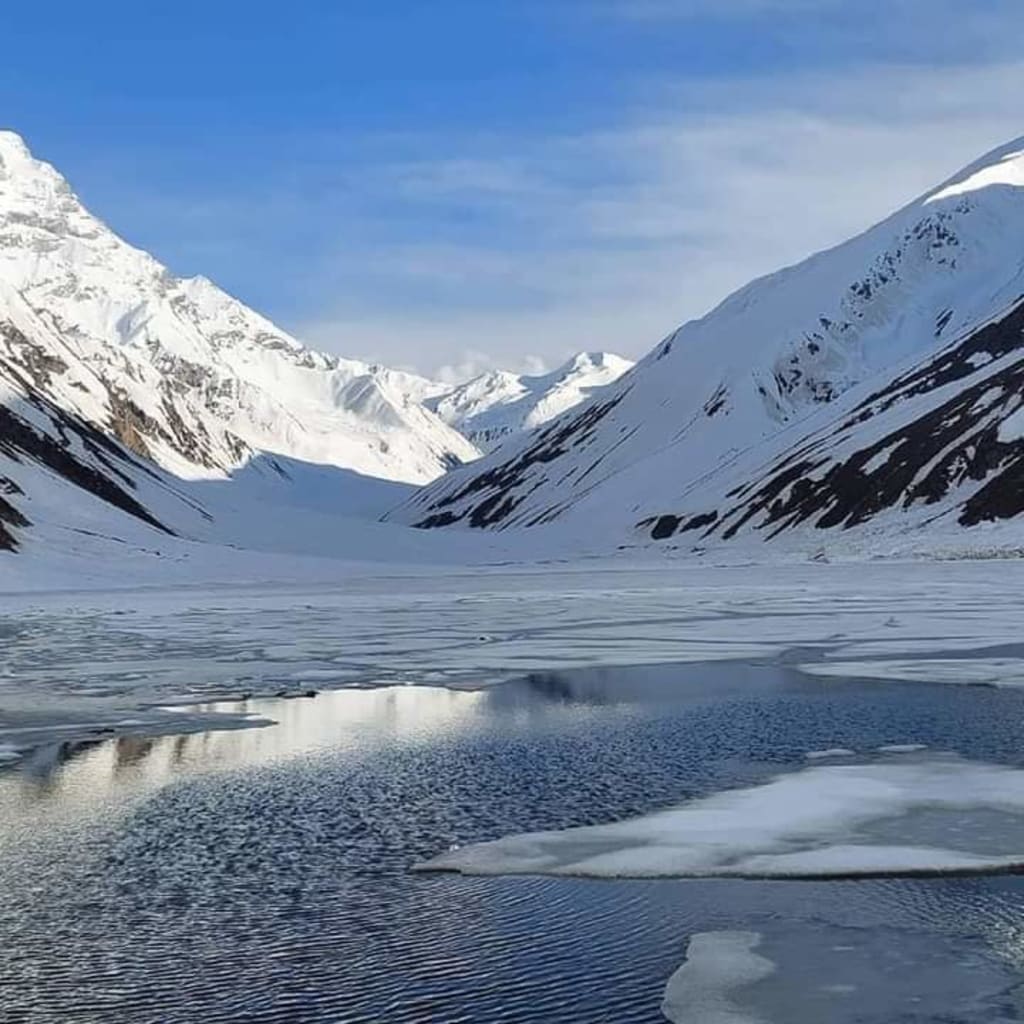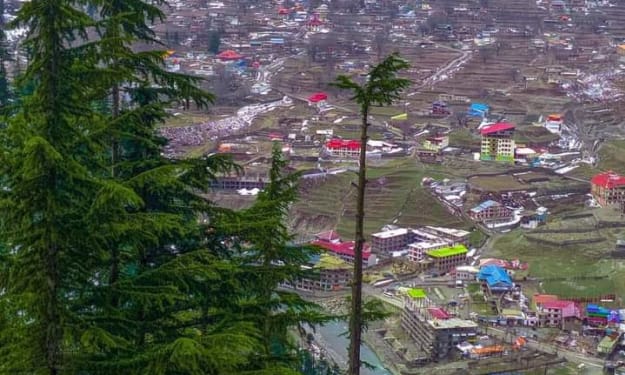
Saif ul Malook Lake is a magnificent and stunning lake located in the Kaghan Valley of Pakistan. The lake is surrounded by the Himalayan mountains and is situated at an altitude of 3,224 meters above sea level.
Saif ul Malook Lake is known for its crystal-clear blue water that reflects the surrounding mountains, making it one of the most picturesque destinations in the region.
The lake is named after the famous Sufi poet Mian Muhammad Bakhsh, who wrote the epic love story of Prince Saif ul Malook and Princess Badri Jamala. This tale is known throughout the country and is an important part of Pakistani literature.
Saif ul Malook Lake is fed by glaciers and is surrounded by towering peaks, including Malika Parbat, which is the highest peak in the Kaghan Valley. The lake has a surface area of 2.75 square kilometers and is 70 meters deep.
The water in the lake is so clear that you can see the lake bed, which is covered in white stones.
The lake is accessible by road from Naran, a small town in the Kaghan Valley. The journey from Naran to Saif ul Malook Lake is an adventure in itself as the road winds through steep mountains and dense forests.
The journey takes approximately two hours by jeep or four-wheel drive vehicle.
During the summer months, the lake is a popular tourist destination and is visited by thousands of people every year. Visitors can enjoy boating, fishing, and hiking around the lake.
There are also several campsites around the lake where tourists can stay overnight and enjoy the serene environment.
One of the most famous legends associated with the lake is the story of Prince Saif ul Malook and Princess Badri Jamala. According to the legend, Prince Saif ul Malook fell in love with Princess Badri Jamala, who was a fairy from the mountains.
The prince decided to embark on a perilous journey to win the hand of the princess. He faced many challenges on his journey, including battling demons and crossing treacherous mountains. Eventually, he reached the shores of the lake, where he finally found the princess.
The couple got married on the banks of the lake, and their love story has become a part of Pakistani folklore.
Apart from its natural beauty and cultural significance, Saif ul Malook Lake is also important from an ecological perspective. The lake is home to several species of fish, including trout and mahseer.
These fish are an important source of livelihood for the local communities, who rely on fishing as a major source of income.
However, the lake and its surroundings are also under threat from environmental degradation and human activity. The increasing number of tourists visiting the area has put a strain on the fragile ecosystem of the lake, and there have been reports of littering and pollution.
The local authorities are taking measures to protect the lake and its surroundings, but more needs to be done to ensure the long-term sustainability of the lake.
Saif ul Malook Lake is also known for its stunning natural phenomenon that occurs during certain times of the year. The lake is said to emit a mysterious glow, which locals believe is the result of the fairies and jinns that inhabit the area.
This phenomenon, combined with the lake's stunning natural beauty, has made it a popular destination for photographers and nature enthusiasts. The lake truly is a unique and magical destination that is not to be missed.
In conclusion, Saif ul Malook Lake is a natural wonder that attracts tourists from all over the world. Its crystal-clear water, surrounded by majestic mountains, and the famous love story associated with it, make it a must-visit destination in Pakistan.
However, it is important to remember that the lake and its surroundings are fragile and need to be protected for future generations to enjoy.
About the Creator
Taj Gul
I'm a seasoned traveler and travel writer, with a passion for exploring new cultures, cuisines, and landscapes.
I believe that travel has the power to broaden horizons, challenge perceptions, and connect people from all walks of life






Comments
There are no comments for this story
Be the first to respond and start the conversation.